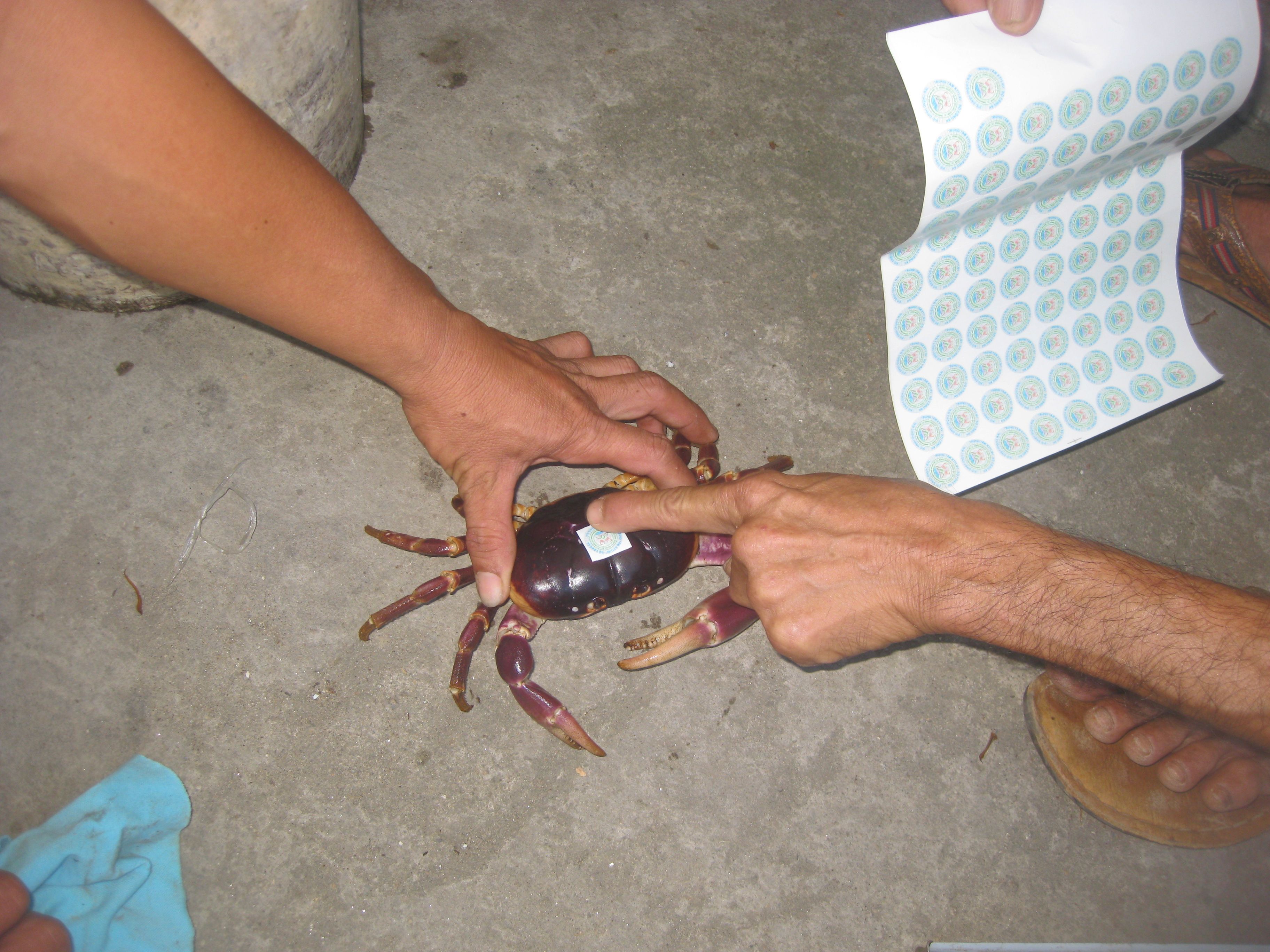Facilitating a co-management dialogue
Through provincial, district, commune and village workshops, a research group has introduced the co-management concept to local fishermen, stakeholders, and especially different department representatives. Theses stakeholders have also been requested to present information on exploitation rates and catch issues within the Cham islands fishing grounds, as well as development activities and future resolutions. Shared responsibilities and interests of the state, community, and stakeholders have been identified.
Hoi An saw the need to bring together a multi-stakeholder group that includes government representatives from different levels, NGOs, and private sector partners for a resilience development and implementation. Toolkits were used for these workshops to address Cham islands MPA management issues systematically. Based on the scientific fundamentals, stakeholders were able to detect and collect community information while examining and discussing management issues.
Through the process of establishing the MPA it became clear, that this could only be a success if there was a high, long-term participation and buy-in from local stakeholders. Co-management provides support and results in the participation from all state agencies, managers, donors, and from outside and local communities. It has sought to promote positive community engagement and improve the state agency responsibility. Local community people depend heavily on natural and environmental resources to meet their basic needs. Policies to preserve the local environment are more successful, when people have a stake in the protection and use of natural resources, and received benefit in return. The co-management MPA management plan was funded and supported technically by the government, NGOs and even local participation.
